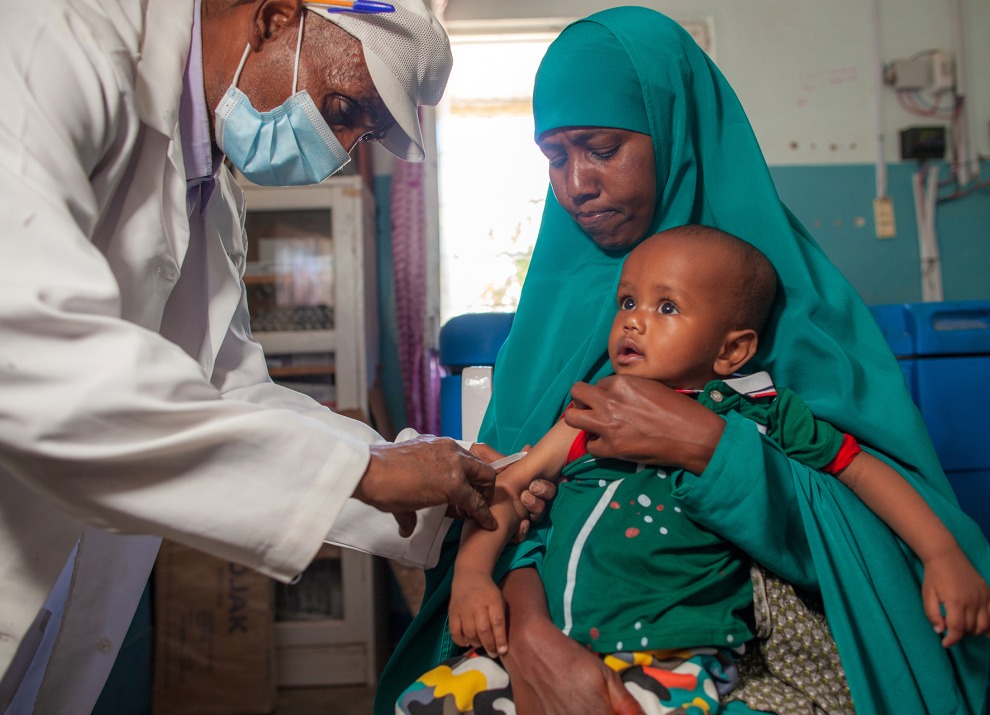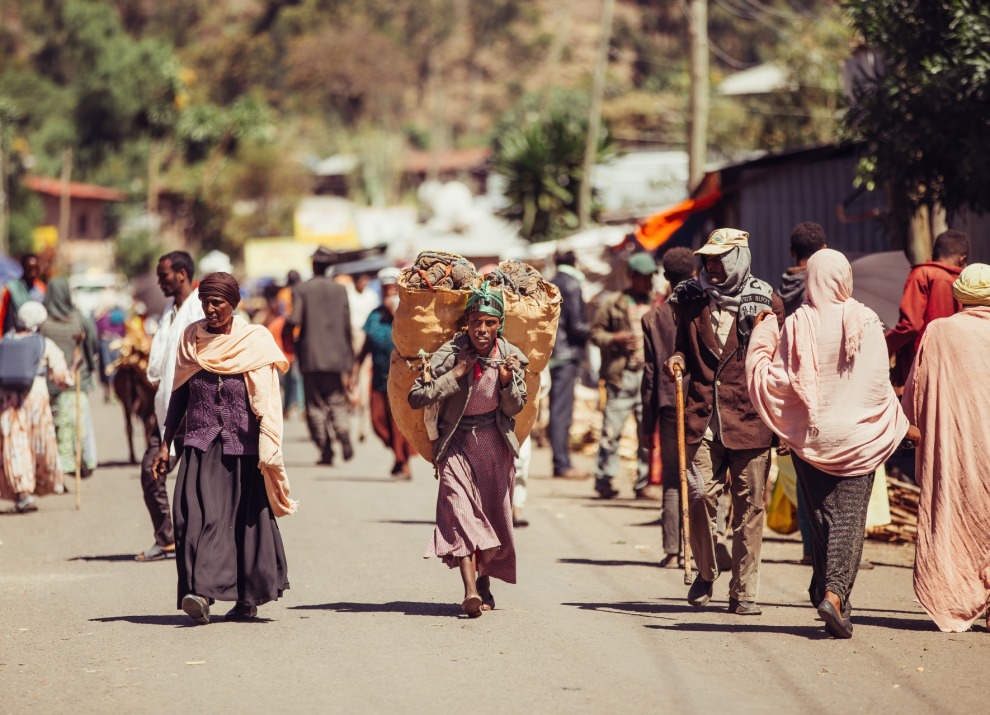Communities Must Be at Heart of Reversing Decline in Routine Immunization Rates

Here at Sabin – where our collective vision is a for “a future free of vaccine-preventable diseases”— we certainly share UNICEF Executive Director Catherine Russell’s warning that newly released global data for routine immunization from her agency and the World Health Organization (WHO) is a “red alert for children” around the world.
The question invariably reverberates: What can we collectively do to reverse the largest sustained decline in routine immunization in nearly 30 years so that more young children get their life-saving vaccines on schedule? A staggering 25 million babies and young kids missed doses last year, leaving them vulnerable to vaccine-preventable diseases. Of those, 18 million had never received a single dose of any vaccine.
The compounding impact is already evident – a 400 percent increase in vaccine-preventable measles in Africa this year, and the first new cases of polio in years, sometimes decades, in countries around the world from Malawi to Mozambique to the United States. Layer in the ongoing and extremely consequential challenge of boosting uptake of COVID-19 vaccines, which has already saved millions of lives and yet has only delivered a fraction of its potential globally, significantly due to a massively inequitable rollout.
As WHO Director-General Dr. Tedros Adhanom Ghebreyesus said in the release of the report, it’s “not a question of either/or” with COVID-19 vaccine rollout and routine childhood immunizations. We must do both to ensure those with missed doses are caught up. Thankfully, WHO and UNICEF’s findings reinforce that intense and sustained focus on the systems and the professionals that deliver vaccines and talk to their communities are foundational to building and sustaining immunization demand. Pakistan, for instance, drew praise from WHO and UNICEF for restoring pre-pandemic levels of coverage in 2021 “thanks to high-level government commitment and significant catch-up immunization efforts.”
A Lancet review measuring childhood vaccination coverage in 204 countries and territories from 1980-2019 found improving and sustaining high immunization rates requires addressing a “constellation of local and global factors.” I am continually amazed at the drive, creativity and collaborative spirit of the teams at Sabin to forge connections and collaborations to navigate that constellation. Sabin has committed to learning from and supporting communities across low- and middle-income countries in increasing vaccine uptake and better understanding the drivers of vaccine acceptance and demand, including recently:
- Fostering collaborative dialogues among reporters on improving news coverage on COVID-19 vaccine rollout and routine immunization in Brazil;
- Supporting early-career nurse and midwife champions of vaccine advocacy to share their experiences with global leaders of improving vaccine acceptance in their communities;
- Fostering listening and learning sessions among immunization professionals across the world in our Boost network on an array of COVID-19 vaccine rollout challenges, such as navigating supply chain issues or building and managing mass vaccination sites; and
- Launching an ongoing network and conversation among social and behavioral research teams investigating vaccine acceptance challenges around the world.
Sabin and our partners realize it is going to take much more collective action – especially a major scale up of investment in and policies to support those closest to delivery of vaccines and vaccine information in communities, who have the most power to deliver on vaccines’ full impact. We are collectively committed to highlighting the perspectives from these close-to-community professionals with global health leaders.
As Sabin’s VP of Vaccine Innovation and Global Immunization, Stacey Knobler, said, “The millions of professionals around the world speaking to their communities about immunization every day must be backed by equally fervent and unwavering efforts by all of us to deliver on the lifesaving and transformational power of vaccines.”







